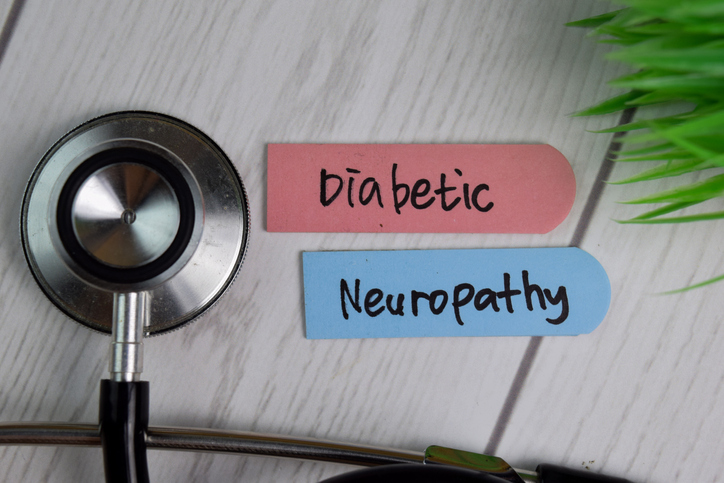Pain
Hepatocyte Growth Factor as a Treatment for Diabetic Peripheral Neuropathy

What is peripheral diabetic neuropathy?
Diabetic neuropathy affects approximately 50% of individuals with diabetes. It develops from long-term elevated blood glucose levels that gradually cause nerve damage. Managing type 1 or type 2 diabetes with proper medical care, blood sugar monitoring, and a healthy lifestyle is critical in preventing or slowing the progression of diabetic neuropathy.
Peripheral neuropathy, also known as distal symmetric peripheral neuropathy, is the most common type of diabetic neuropathy. It typically impacts the legs and feet first, and may eventually affect the arms and hands. In rare cases, the abdomen and back are affected. Symptoms range from mild to severe and often worsen during the night.
What is hepatocyte growth factor?
Hepatocyte growth factor (HGF) is a protein factor that can induce neurotrophic activities in the body, such as the increased survival of neurons. Motor and sensory neurons have increased survival in response to this substance. The axonal outgrowth increases, which, in turn, helps to establish neuronal connectivity. HGF has also been shown to help regenerate organs and nerve cells and improve neuropathy and pain symptoms in some animals.
HGF as a treatment for peripheral diabetic neuropathy
VM202 is a substance composed of two kinds of HGF. It is currently being researched regarding its efficacy against peripheral diabetic neuropathy. In a phase 2 study, a low dose of VM202 significantly decreased pain levels in peripheral diabetic neuropathy patients when compared with a placebo. A phase 3 trial was conducted to study the possible adverse effects of the drug, especially in regard to interacting with concurrent medications. When compared to placebo, VM202 showed a favorable adverse effect profile with long-term effectiveness as a pain treatment. Additional studies are necessary to determine the role VM202 and other HGFs play in the treatment of diabetic neuropathic pain.
Additional source: ScienceDirect


















